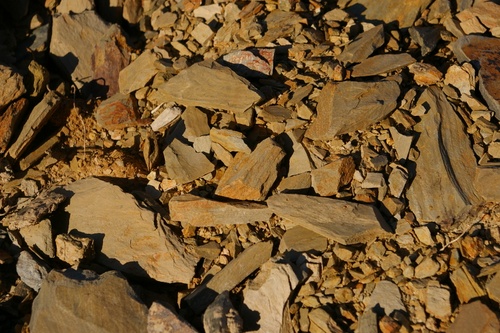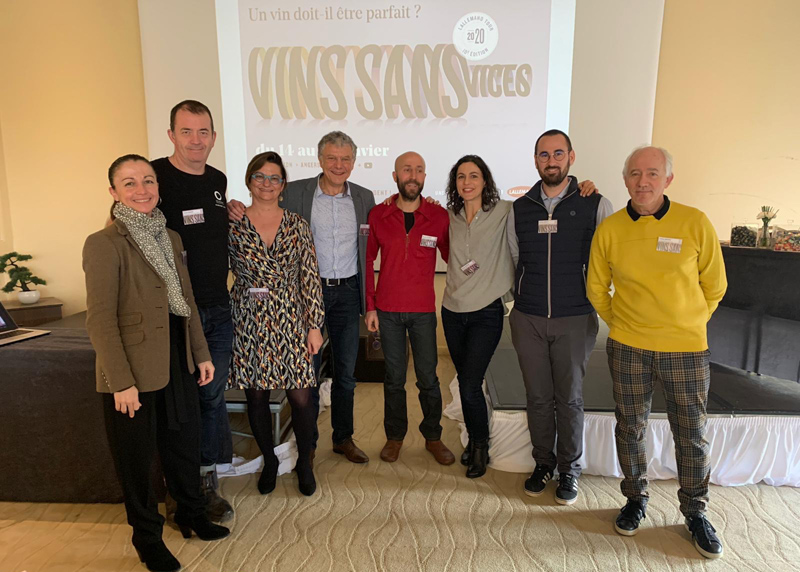To the ancients, the idea that plants are formed from the soil would have seemed self-evident. The communion between the roots and the earth suggests that the composition of plants, and by extension the fruit they produce, is determined largely by the composition of the soil. Modern science, however, paints a rather different picture. The fact that you can produce perfect-looking plants and fruit using hydroponics, where the plant is supplied with just water, light and a solution of 16 trace elements, demonstrates that the intuitive notion that the soil makes the plant, is quite mistaken.
Plants use light, water, air and trace elements to synthesize everything they need. Think of them as remarkable chemical factories, taking very basic raw ingredients, and synthesizing complexity from them. Moving to viticulture, specifically, grapes – the starting place for wine production – are made entirely through the process of photosynthesis and the subsequent biochemistry that builds and modifies the building blocks of sugars into complex biology. The soil? It’s merely supplying water and dissolved mineral ions. These nutrient minerals are derived from the vineyard geology, but they are only needed in only tiny quantities by the vine, and have little if any aroma or taste.
But let’s leave scientific fundamentalism aside for a second, and consider the experience of winegrowers worldwide, over many centuries. This experience testifies that soils are actually vital for wine. You can take a trip to a vineyard region such as Burgundy, and discover that when vineyard boundaries are coupled with changes in underlying soil structure, two neighbouring vineyards can differ significantly in the quality of wine produced.
That underlying geology impacts wine so strongly is undoubted. The cost differential between a Grand Cru Burgundy and a lowly generic Bourgogne, or even a respectable village level wine, is such that there is a significant financial incentive for a winegrower to do all they can to improve the quality of their wine. But even where great care is taken in the vineyard, yields are dropped, and the highest level of winemaking is practiced, there seems to be a quality ceiling that is imposed by the vineyard.
So we have a dilemma to solve: how is it that soils seem to be so important for wine quality, when science indicates that they are only playing a limited role in influencing the flavour of grapes? This is one of the questions that intrigues me most in the world of wine, and I’m going to try to attempt to answer it.
7 Comments on The mystery of soils and wine, part 1


Has anyone tried to grow hydroponic wine? Presumably this would be a test of whether soil is important?
Look at how much knowledge about human biology has altered. The human genome project and the initial conclusion that much of the DNA was junk, space between the genes. It is now realised that most of the DNA does have a role which just did not fully appreciate. More recently the realisation that our guts are full of microbes, which are not just passive, but have a role in controlling the whole system. You and I are not just humans but indeed mostly microbes and there is an interaction between our genomes. Presumably plant biology will also see similar upturning of convention and the appreciation of even more complexity than we currently believe.
Back to your original question I would assume it is epigenetics – genes being switched on and off. Presumably the soil and terroir is altering what the vine can express and this in turn alters what we can taste.
Finally perhaps it is the fact that we are more devoted to the grape than the hydroponic lettuce. We bother and can discern a difference between grapes and wines. Do we invest time and effort in trying to taste and dissect the flavours of rocket or cos?
You should ask Jacques Selosse about his views on the importance of soil / microclimate / terroir / sap and water.
I believe that, like all complex things in life, the hard science part is not the whole story; an important part of the story perhaps, but not the whole story!
Soil does not directly impart flavors to grapes.
“Terroir” is the result of many physiological “black boxes” of plant growth and developments we don’t understand, but aslo:
1) Soil texture, depth and clay content; that affect water holding capacity and therefore avalable water for the vine.
2) Ambient light available.
3) Air Temperature, especially during the night, i.e. Dr. Mark Kliewer(UC Davis) found day time temperatures can affect berry flavor and color development, but cool night temperatures are more important.
4) Rainfall/Irrigation – total and in season (see 1. above).
5) Availability of nutrients, Nitrogen, Potassium,etc. From soil (see 1. above)and/or grower applicaoitns.Partly soil partly grower applied
There are many other factors but the above are the main determinants of “quality” or wine style.
A hydroponic or sterile sand medium study with resulting wine lots would be very interesting.
I live in a wine growing area and observing the different producers tend to their vineyards it is quite amazing to see, the subtle differences that there are. As a standard approach soil samples are taken before a new vineyard is planted, throughout the whole vineyard and analysed to better understand its individual composition.This enables the producer to establish what rootstock and clone to use for a particular grape variety as there will surely be variations within the vineyard. Yet with all the science invovled and accepted as fact , sometimes a producer will diliberate with what has happened in the past , that is they will reflect and consider how that vineyard behaved in its previous life.
In my own simple vegetable garden ( an ex vineyard)I am still coping with creating the right balance , soil composition wise , using both science and the older generation of farmers to kindly advise.
“Local Food Provider Got Produce? Announces the Start of Hydroponic Wine Grape Research Trials”
Link: http://www.prweb.com/releases/2013/11/prweb11352063.htm
Interesting, Bob